
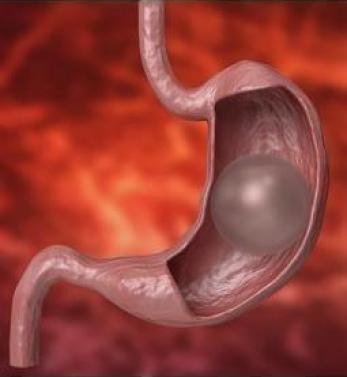








Gastric balloon, also known as intragastric balloon in medical literature; It is a medical procedure applied by endoscopy method to help the person lose weight without the need for surgery. In the gastric balloon procedure, the balloon, which is delivered to the patient's stomach by endoscopy in a deflated state, is inflated with water and isotonic sodium chloride solution, and the cavity in the stomach is partially filled. The balloon, which reaches a substantial volume in the stomach, aims to reduce the total food consumption by providing a feeling of satiety in the patient. The balloon placed in the stomach can stay in the stomach for 6 months or 1 year, depending on the balloon used. Before the treatment of morbid obesity, the purpose of the intragastric balloon procedure, which is also used to prepare the patient for the operation; It is to help the person to gain a healthy eating habit, to leave behind the unhealthy diet and lifestyle that he used in the past, and to gain a healthy nutrition awareness.
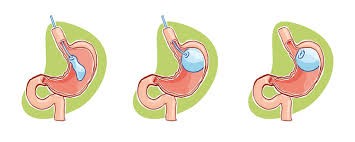
To Whom Can It Be Applied?
Gastric balloon, which can be applied to patients aged 18 – 65 years, defined as obese and super obese, with a body mass index (BMI) of 35 and above;
Tried methods such as diet, exercise and medication, but failed to lose weight, Those who may put their health at risk if they receive general anesthesia, Those who want to lose a certain amount of weight in preparation for the treatment of morbid obesity and then have an operation, It can be applied to patients who have not undergone any gastric surgery and who do not have stomach ulcers.
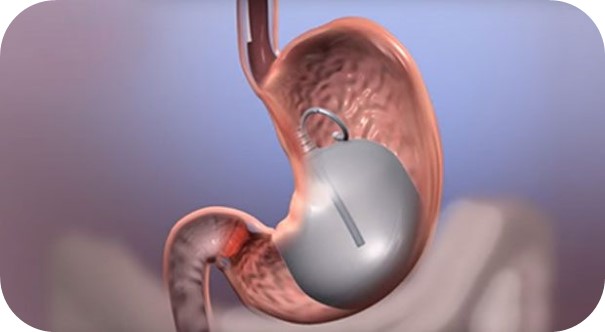 How is the Gastric Balloon Inserted?
How is the Gastric Balloon Inserted?
In the gastric balloon procedure, which is applied in 15-20 minutes without the need for surgery and with the endoscopy method;
The patient is admitted to the procedure on an empty stomach, For the application, the patient takes the appropriate lying position. In gastric balloon application, which does not require general anaesthesia, the patient is put to sleep with oral anaesthesia (sedation), After the patient is put to sleep, the patient's stomach is reached through a thin tube with an optical camera and it is checked whether there is any discomfort in the stomach. If the patient does not have any health problems in his stomach, the application is continued, The deflated silicone balloon, which is 10 centimetres long, is delivered to the stomach. Filling with 400 – 700 cc liquid, it starts to be inflated, When it is concluded that the gastric balloon, which takes the shape of a ball after inflating, is sufficiently filled, the transfer of the liquid is stopped and the mouth of the balloon is closed, After the closing process, the balloon is checked and the process is completed, The patient is discharged after being observed for 1-2 hours, Since it is not a surgical operation, the patient can return to his daily life after the procedure.
How Much Weight Is Lost With Gastric Balloon?
With the placement of a balloon in the stomach by the physician, the patient will lose appetite, which will contribute to the patient's reduction of food consumption. The expectation from the patient is to discipline himself for a healthy lifestyle by taking into account the recommendations of the physician and dietitian regarding nutrition and exercise, and to abandon his past habits. Patients who can apply the program correctly and completely can be expected to lose up to 20 percent of their weight. According to research done; Those who had an intragastric balloon, that is, a gastric balloon,
were able to lose 37 percent of their excess weight.
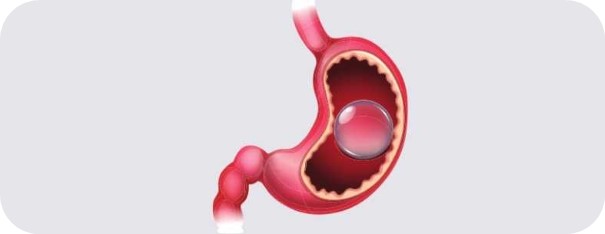 Is it permanent?
Is it permanent?
The balloon stays in the patient's stomach for 6 months and can then be easily removed by endoscopy in the hospital environment. From this perspective, the balloon is temporary. Gastric balloon procedure is not a treatment method on its own, but when handled with a multidisciplinary approach, it can help the treatment process. In this direction, the patient, who takes into account the recommendations of the physician and dietitian, can achieve the targeted weight loss. After the balloon is removed, if the patient continues to eat healthy and exercise regularly, he or she may not gain the weight he lost, and may even continue to lose weight. In this context, the balloon is temporary due to its 6-month life span, but it can turn into a permanent treatment method with the awareness of a healthy life to be acquired.
Gastric Balloon Side Effects
The first few days after the application, due to the endoscopy procedure and/or the presence of the balloon; Some side effects may occur. Because the balloon placed in the stomach is perceived as a foreign substance by the body and such side effects may be felt as the body tries to expel this substance. Within 2 weeks following the procedure, the patient begins to feel the gastric balloon and the side effects disappear. Possible side effects that may be encountered after gastric balloon:
Burning/ulcer in the stomach, Nausea, gagging, Stomach pain/cramp Psychological effects.
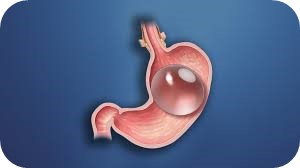 Is it a Safe Transaction?
Is it a Safe Transaction?
Another issue that patients who are considering having a gastric balloon have rightly wonder is whether this procedure is safe. Intragastric balloon, which has been applied for many years in the world and in Turkey, has been approved by the Food and Drug Administration of the US Department of Health and has been accepted as an auxiliary medical method in obesity treatments.
Another issue that patients wonder about safety is whether the balloon will burst known As usual, after the balloon is placed in the stomach, it is inflated with a blue-colored solution containing isotonic sodium chloride. If the balloon is punctured and leaked, the patient's urine will turn blue. In such cases, the patient's doctor is contacted and the balloon is removed.